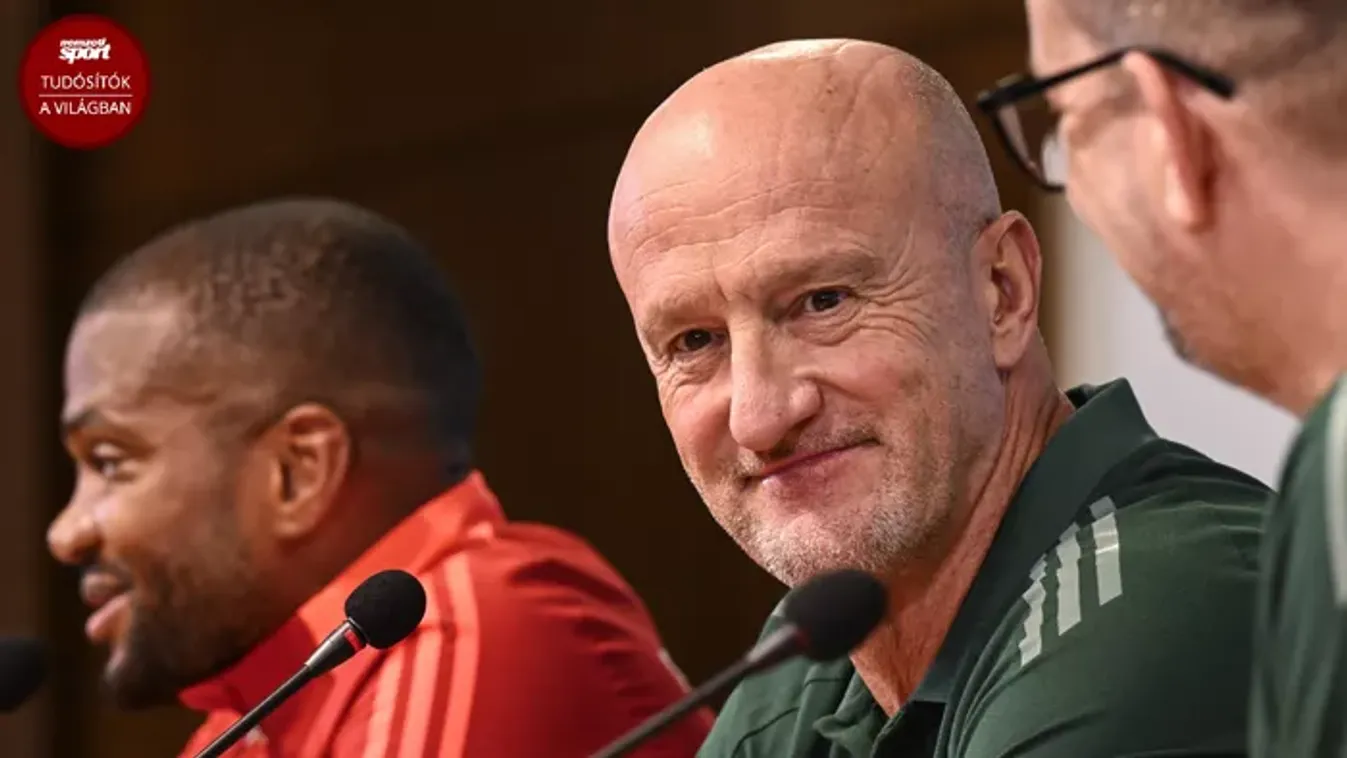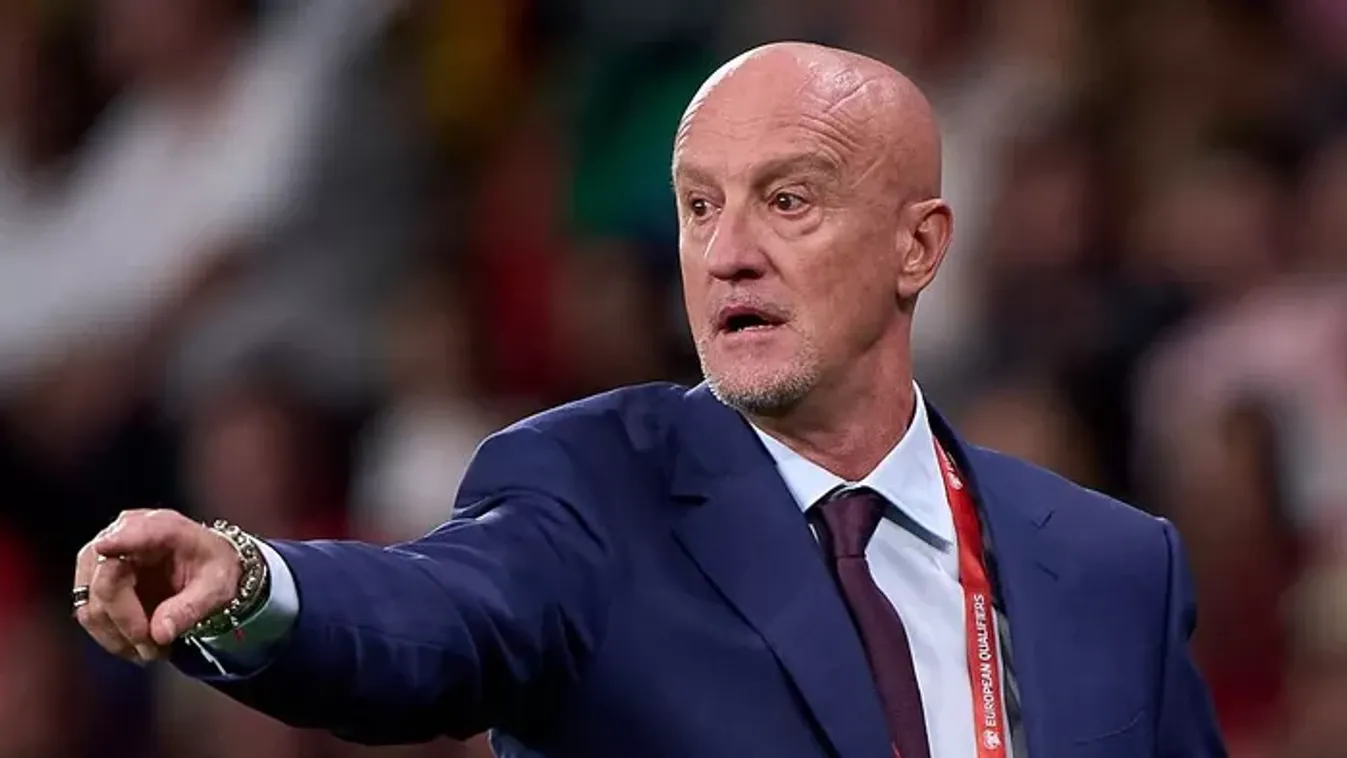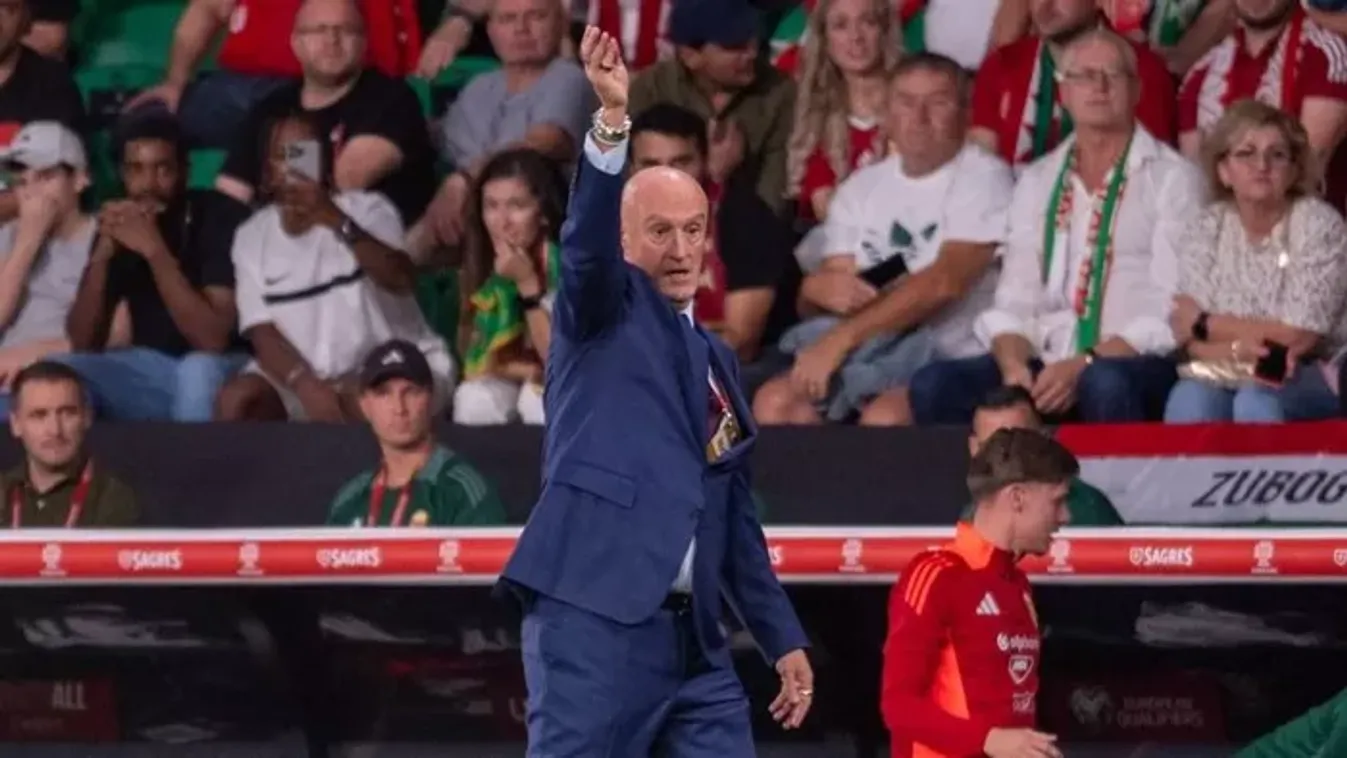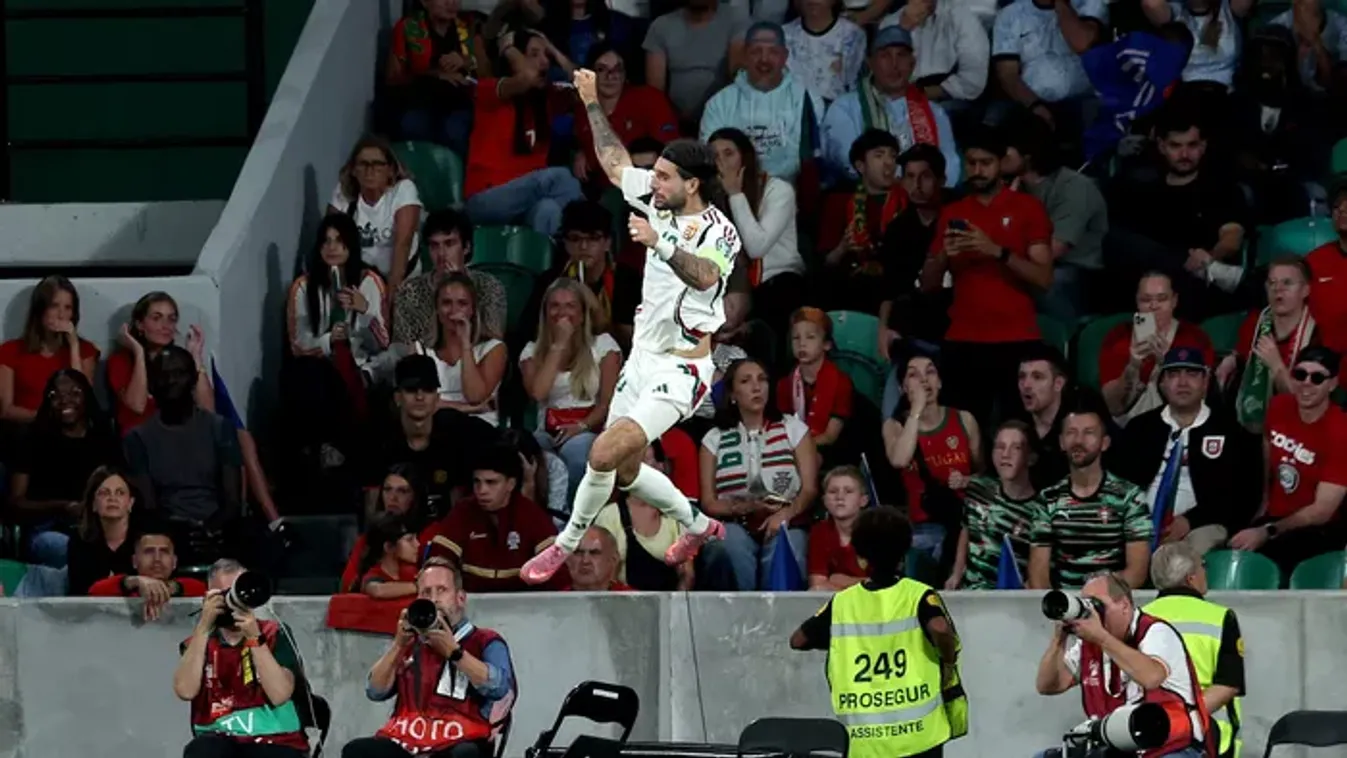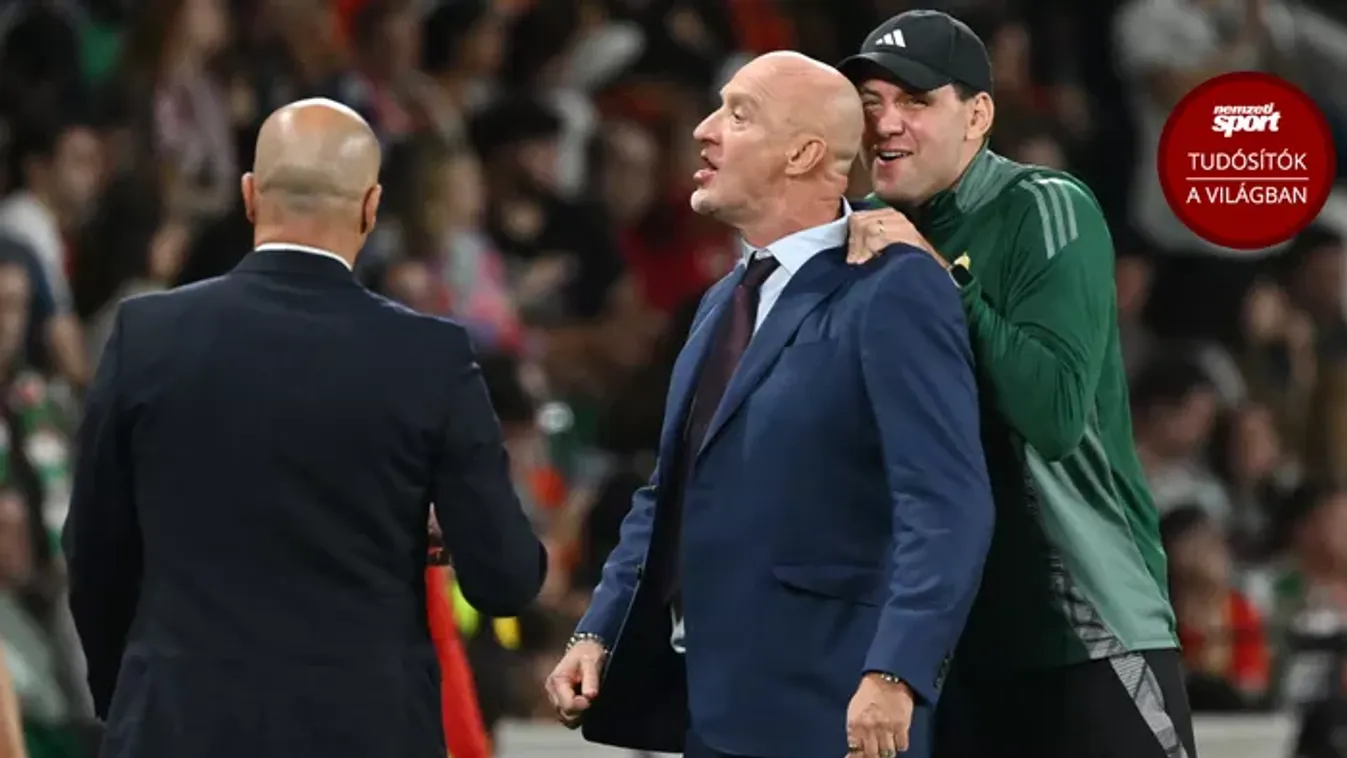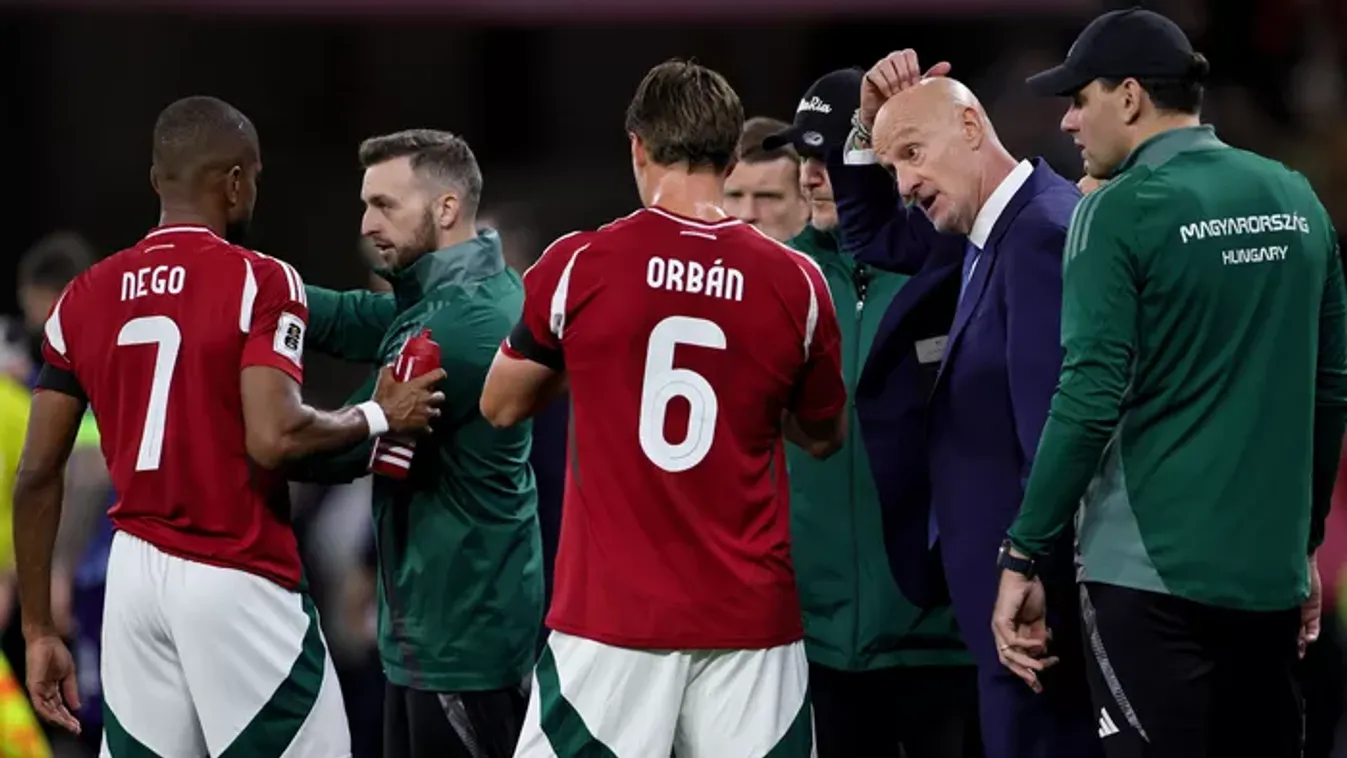From academies to the national team: more and more players succeed!

Twenty-one out of thirty-six – make no mistake, we did not present an arithmetical problem, we just wanted to indicate that the head coach of the Hungarian national football team, Marco Rossi, gave an opportunity to 36 players in 2021, 21 of whom were athletes of Hungarian academies for a shorter or longer (but mostly longer) period! To keep up with the latest experiences, the national team has won six of its 15 games this year, including the last two, in which ten former academists also played. At the National Stadium in Warsaw, the team was able to break Poland's seven-year domestic unbeaten record with a 2–1 victory with eight of the 15 players – Attila Szalai, András Schäfer, Zsolt Nagy, Kevin Varga, Szabolcs Schön, Bálint Vécsei, Dániel Gazdag, and Tamás Kiss – attended one of the top training institutions. It is also worth recalling that András Schäfer, who trained at the Illés Akadémia, then at the Károly Sándor Football Academy, headed the first goal after Puskás Akadémia graduate Zsolt Nagy's free kick. The second goal was scored by Dániel Gazdag, who trained at the Hungarian Football Academy in Kispest, from the pass of Tamás Kiss, also an Illés-raised player.
And speaking of the experiences in November: the academists played their part in the 4–0 victory over San Marino! In addition to the aforementioned Dániel Gazdag, Bálint Vécsei, one of the first graduates of the Hungarian Football Academy (MFA) scored a goal for the first time in the national team jersey the same way as Dominik Szoboszlai, who doubled against the mini-state whose youth club was Főnix-Gold FC but spent a year in MTK's youth team as well. (For the sake of historical loyalty, let's add that the midfielder playing for RB Salzburg and RB Leipzig, was also an MTK player in the 2015-2016 season. He trained in Salzburg from Monday to Thursday, practiced at the Károly Sándor Academy on Friday, and strengthened MTK's U16 or U17 team in the weekend league, scoring 17 goals in 27 games.)
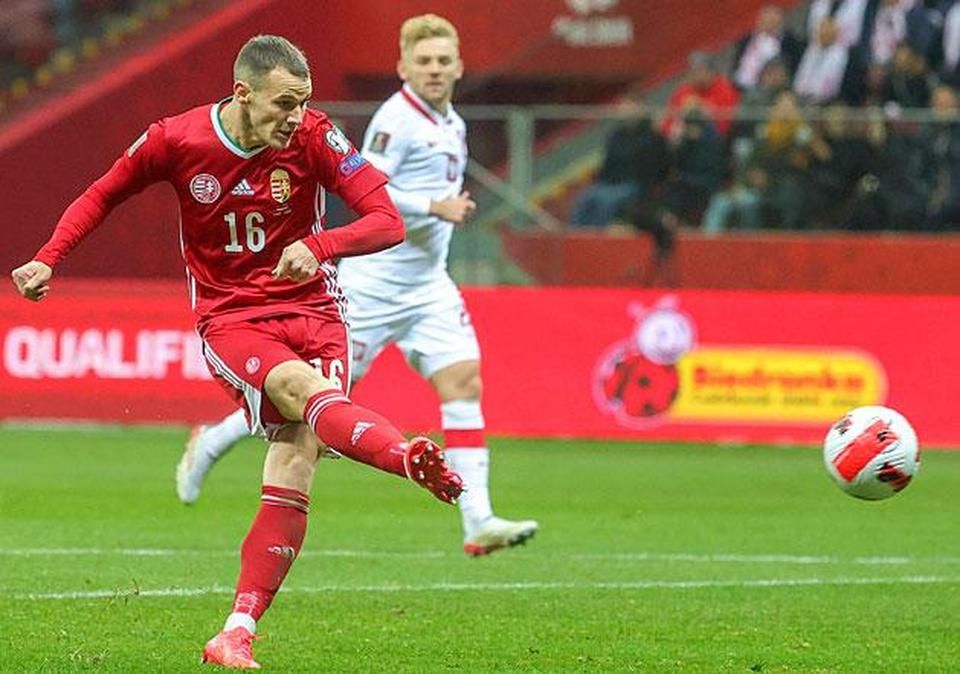
THE TRAINING BACKGROUND HAS IMPROVED SUBSTANTIALLY
So, twenty-one out of thirty-six – not a bad ratio, is it?
If anyone is fully credible on this subject, he isMiklós Simon,the technical director of MFA (founded in 2007). As a supply team specialist, he has accompanied and herded through the path of many talents, including Endre Botka, Dániel Gazdag, Szabolcs Schön, and Bálint Vécsei who were on the pitch from the first minute against San Marino.
"What I felt when I realized four of our former players start for the national team, and specifically at the Puskás Aréna, it's hard to put into words," said the UEFA pro licensee, who has been working in Kispest since 2008. “This experience is priceless! I was delighted that the head coach also had confidence in many of our former academists, who grew up in Kispest, under our wings, and became senior footballers here, except for Szabolcs Schön. I do not deny that I am hopeful for the future, because I have seen the circumstances under which Dániel Gazdag and the others grew up, what leagues they have played in, and I can see the background behind the current talents. What was in the old Bozsik Stadium and what is going on today at the Hungarian Football Academy cannot be compared. Today's children can train in excellent facilities. They have everything at their disposal to develop, so wonder one or two of our former athletes have already remarked that “if there had been opportunities like this in our time, I would have been much further ahead...” Of course, it is not enough in itself that I or any other academy director is hopeful, most of it is up to the player. You can't make a living from just being a talent. In order to make a lot of money and become a footballer, you have to be very purposeful while having the necessary internal motivation. Those who got to the national team from the Hungarian Football Academy had this plus, and what's more, all this was coupled with being hungry for success. One more important feature to mention is the ability to tolerate failure because trouble can happen overnight, a more serious injury or a loss of coordination with growth spurt can be as much a problem as a performance fluctuation. In such a case, it is important not to be discouraged, on the contrary, to try to learn and build from the bad. There is virtually no child with a straight path to the senior team. Endre Botka was the only one whose path was smooth – he got his first slap in the face when he made the first team. There was no rented place there, and Honvéd loaned him to Kecskemét for six months, from which he returned stronger."
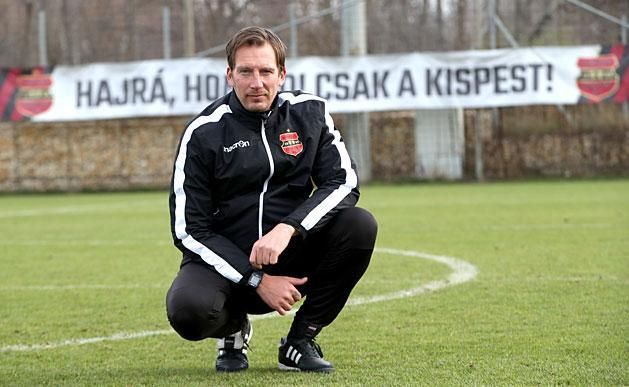
Dániel Gazdag was diagnosed with a serious illness when he was 18. According to Miklós Simon's recollection, fortunately, he handled the situation well, and one of the greatest talents from Kispest was able to return to the pitch after two surgeries. The rest of the story is known. Szabolcs Schön, thank goodness, had no health problems, but the dilemma for him at the age of 17 was to say yes to Chelsea or Ajax. He eventually signed with Amsterdam, from where he returned to Hungary after two years, although not to Honvéd, but to MTK, where he was already considered a player in the senior team.
"The greatest difficulty for anyone who gets there is to enter senior football," says Miklós Simon. "We try to help this by launching the Adult Program last summer, which offers early experience and a kind of career model. The important thing is to dare to put young people in, give them the opportunity to prove themselves, introduce them to the requirements of senior football as soon as possible because that's the only way they can reach that level. They have different routes: they can play for Honvéd II in Hungarian third-tier league NB III, we loan them to NB II teams or foreign clubs, and thus they have a better chance of becoming key players for the first team. Also, if all parties receive an advantageous offer, we sell the player abroad. The decision will always be made jointly with the player and the family. An important goal is that our academists fight for a stable place in the first team of Honvéd, but at the same time, we want to train players for Hungarian football. As I pointed out, I think we are on the right track, but obviously, there is still room for improvement in this area. I find the situation encouraging because, if I narrow it down to ourselves, I can see that while we were offering youngsters to second-tier teams last summer, this year the dice turned: the various clubs practically fight for our so-called graduating class (born in 2002). This season we want to build the children so that next year up to five or six of them can start preparations with the first team. The aim of the Adult Program is also to keep only footballers in Honvéd who are young and likely to become topflight footballers and even national team footballers over time."
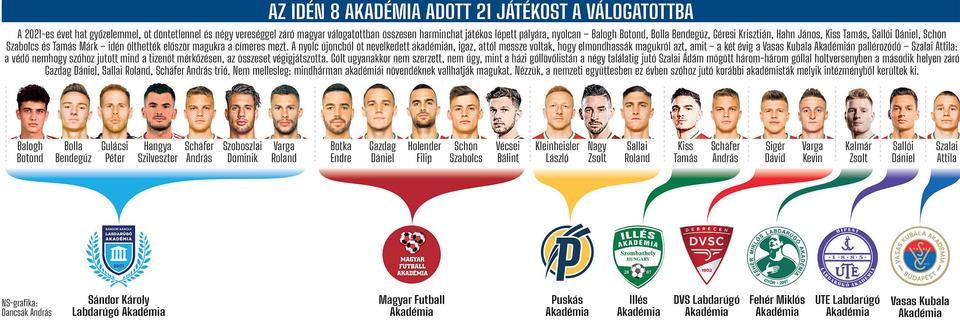
YOUNG PLAYERS NEED TO SHOW THEY HAVE THEIR OWN VISION!
To date, MFA has added six footballers to the A-team, in addition to the aforementioned Botka, Gazdag, Schön, Vécsei foursome, Botond Baráth, and Filip Holender. The situation is even better in the youth field as there is no age-group team in which the Kispest institution is not represented. Let us add that the Puskás Akadémia, MTK, and Ferencváros can boast about the same, too. The fact that there is no shortage of talent in the 19th district indicates that last time eleven Honvéd players received an invitation from Zoltán Szélesi, who was the head of the U17 team.
"When we look at a young player, there are two things that can be determined at first: who will be good and who will not be," Simon Miklós continues. “As far as the road in between is concerned, who far someone gets depends on a number of factors, such as school, girls, parents, coaches, managers, and luck, who gets how far. It's also important what personality someone has, how brave they are when they get the opportunity. And, of course, a lot depends on the coaches, too because it also shows that at senior level, young people are hardly dared to be put in the system at first, even if they played there well in the youth team. Back to personality and Endre Botka and the others. They also got here because they trained and played without major breaks – they organized their lives in a way to not miss any training or match in either Honvéd or the junior national team. Even when they were part of the first-team squad, they didn't want to play for the second team, they were happy to come. The truth is that many people lack this inner motivation. Anyone who devotes their life to football has to subordinate pretty much everything to it. Nowadays, it does matter how everyone trains, let alone prepares for the game, what they eat before, how they warm up, then cool down and regenerate, and how much they rest. The circumstances to which we marveled ten years ago abroad, we now have them at home, too, and we can react to the players' moves. The youth teams are good partners of the academies, not to mention the valuable experience that can be gained in international matches. Today, there are far more matches at the youth level than before, which offers a huge opportunity for talents to move forward. I also had the pleasure of working alongside age-group teams, and I try to pass on what I learned at the time. A professional in the youth team cannot receive more recognition than to have his players invited to the national team. Meanwhile, everyday successes and weekend victories are just as important – but not the most important! In Kispest, is not expected to win the match at all costs, but to do everything you can to win. We play to win, but sometimes we don't succeed – it's not a tragedy. It is more important to help young people develop because it is up to us how many players can play at a higher level, how many will make it to senior football, and how many will be national team players. It has to be worked out in such a way that the player feels that everything is done for his development. He knows he's got his own vision, and he shall see the good example in front of him.”
Twenty-one out of thirty-six — the good example is given.
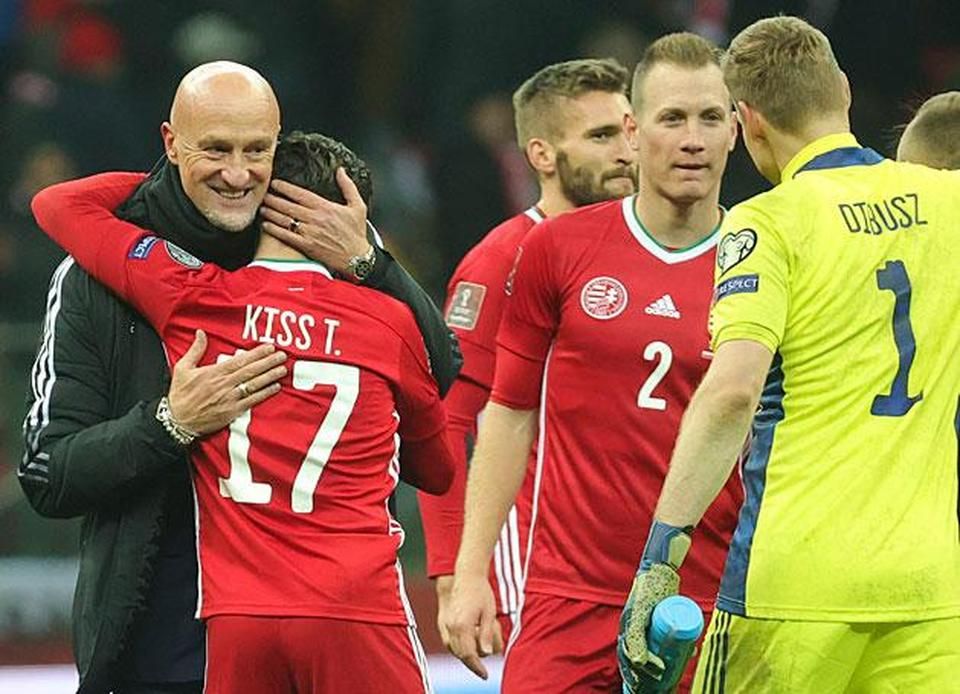
| András Schäfer can boast not only about becoming a key player in the national team in 2021 but also about him being the only one from the current squad to have played in two academies.
"I loved those years!” the 22-year-old midfielder, born in Szombathely and moved from Illés Akadémia to MTK's youth team in 2014, and is now strengthening DAC, said in the midst of things. “The academic years prepared me step by step for senior football, I had to face new challenges every season. I got into the Illés Akadémia as a child, where I obviously received a different training than later at the Károly Sándor Academy. In Szombathely, the emphasis was on defense and aggressiveness, while in Agárd, playing a short pass game reminiscent of the Dutch style was in focus. Of course, I just became more learning from this and that, and a tough András Schäfer arrived in Agárd. I especially loved the years I spent there. Since I was on a trial game before, I'm not saying I was in a completely unknown environment, even though my life changed overnight. It wasn't easy leaving my parents' nest. If I had a problem, I could only talk to them on the phone. I had to count on myself, but let's look on the bright side: it confirmed that I fought a fight on my own, and to this day I can draw from what I had experienced at the time. In hindsight, I've enjoyed every minute of the two and a half or three years I spent in Agárd. Without my experience from the academies, I certainly would not have reached the point where I could play in the European Championships at 22 years of age. Of course, the mutual academic past is a topic in the national team. For example, I played with both Bendegúz Bolla and Dominik Szoboszlai in MTK, I know Tamás Kiss from Szombathely, and we met others as opponents. When we talk about those years, it turns out there's always something or someone that connects us - it's also thanks to football.” |
| ANDRÁS SCHÄFER LOVED THE YEARS OF LEARNING |
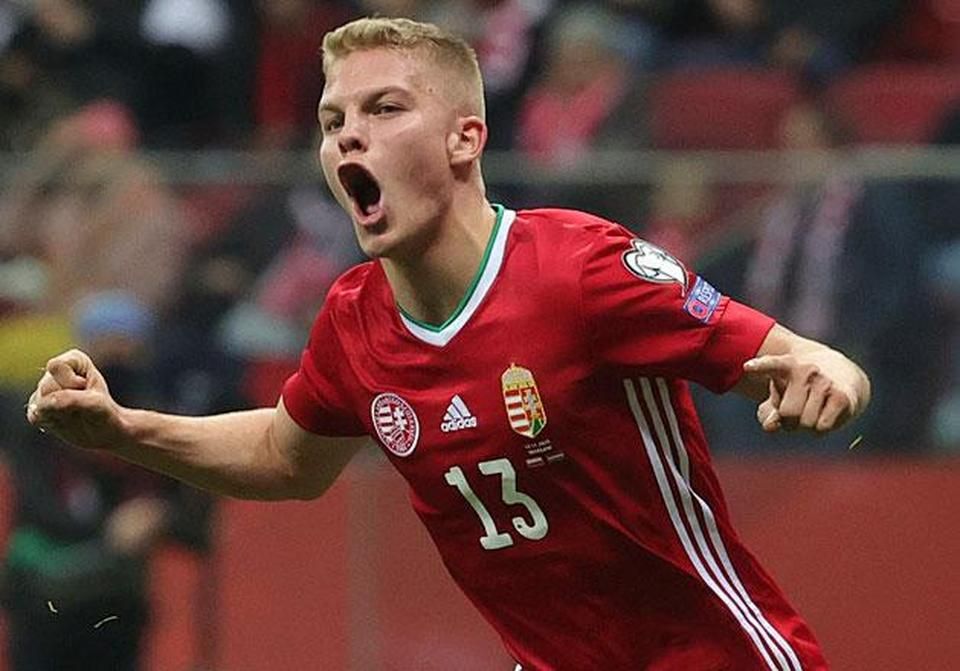
| The aim of the Hungarian Football Federation is not only to get more people to play football regularly but also to have as many homegrown players as possible in the professional teams. This is rewarded in its own way by the Federation: in 2017, it created the productivity points system to measure the activities of youth training sports organizations. As can be seen on the produktivitas.mlsz.hu webpage, the system measures sports organizations by checking how many of the graduates are achieving what level of professional career. We would not immerse in the details, let us just note that the unit of measurement is the productivity point, which is the product of the time spent on the pitch (minutes) and the level of the match (weight). It is worth noting that a footballer's career can be divided into two parts: his training period lasts until the age of 19, followed by the productive period. The player already earns points for his youth club every time he plays in a domestic or foreign league match, a senior or youth team match, or an international cup game. It is worth checking out the top 10 list of which clubs, academies, and players have proven to be the most successful. |

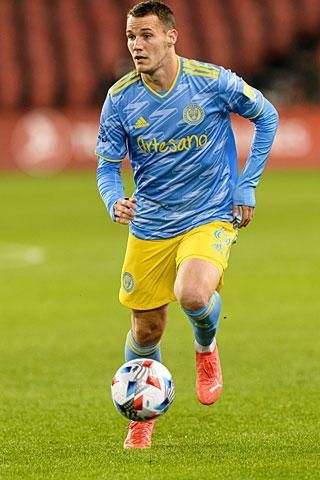
Translated by Vanda Orosz.

Nyugalom – Somogyi Zsolt jegyzete
